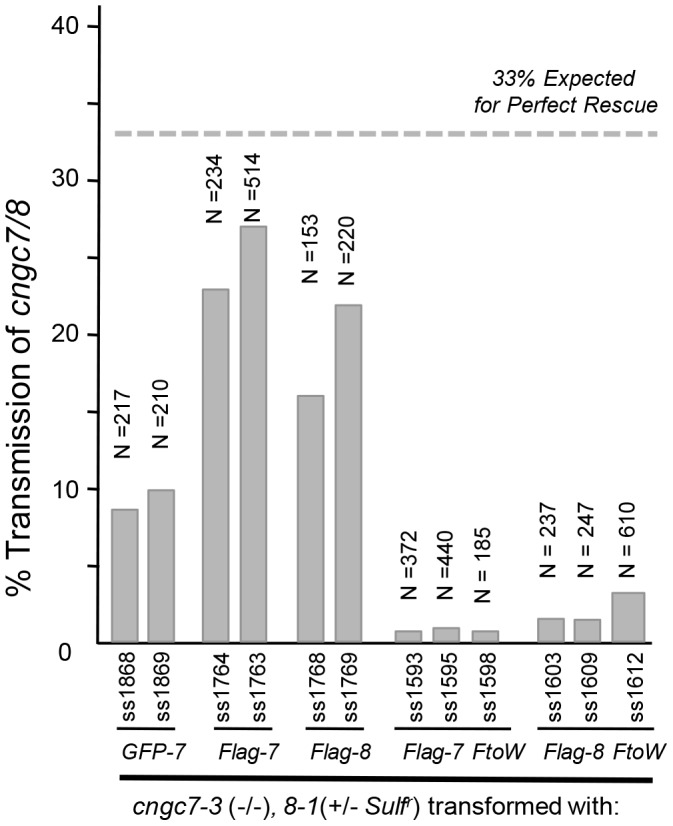Figure 3. The cngc7/8 pollen transmission defect can be rescued by CNGC7 and 8 transgenes.

Pollen transmission efficiencies for cngc7/8 are shown, as scored by the transmission of the Sulfr marker to F1 progeny. The Sulf r marker was associated with the cngc8-1 allele that was segregating in the parental line. The cngc7-3 allele was homozygous. Pollen outcrosses were made by manually pollinating females that were wild type or cngc7-3(−/−) with equivalent results. All pollen outcrosses were done using male parents that were verified by reciprocal crosses to be hemizygous for the transgene. In these pollen outcross assays, a perfect rescue would result in 33% of the progeny carrying the Sulfr marker; because only 3 of the 4 meiotic products have the potential to show transmission to F1 progeny (see text). Numbers preceded by ss (seed stock) under each bar represent independent transgenic lines used for outcrossing. Homozygous double knockout seed stocks, created by selfing or out-crossing, are identified in Figure S4. Lines shown displayed typical rescue efficiencies mediated by transgene constructs for GFP-7 (9p-i-GFP-CNGC7), FLAG-7 or 8 (18p-i-FLAG-CNGC7 or 8), FLAG-7 or 8 F to W (18p-i-FLAG-CNGC7-F589W and 18p-i-FLAG-CNGC8-F624W). Three additional homozyogus rescued lines were obtained (not shown) using a transgene construct ps1687 18-i-GFP-CNGC8 (ss1402, ss1404, ss1405).
